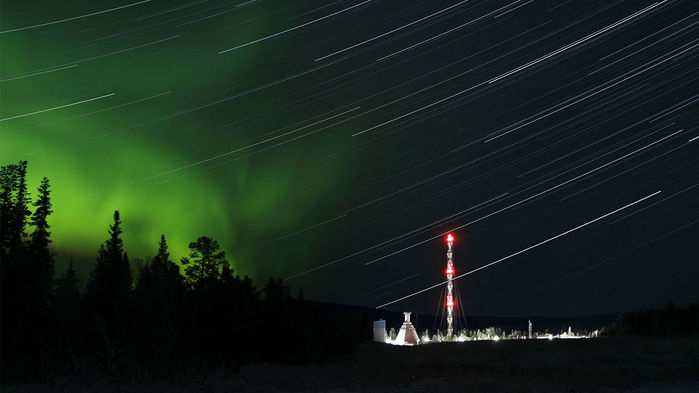
For decades, experimenters have used laser light and electromagnetic fields to chill puffs of gas to within a billionth of a degree of absolute zero. At such frigid temperatures, something bizarre can happen: The atoms can crowd into a single macroscopic quantum wave and form a bizarre state of matter called a Bose-Einstein condensate (BEC). Now, a team of physicists from Germany has created a BEC in space.
Working in space has one major advantage over a terrestrial lab: an absence of gravity. To be probed, a BEC must be released from its trap of light and electromagnetic fields, and within a fraction of a second it falls to the floor of the vacuum chamber that houses the experiment. But in the weightlessness of space, a BEC released from its trap should just float there, allowing researchers to attempt experiments they can’t do on the ground—such as making bubbles of BEC to probe its quantum nature.
To create the BEC in space, the researchers designed a special automated rig in which rubidium atoms were trapped on a chip. The rig flew on a small rocket (above) launched from northern Sweden on 23 January 2017 and zoomed to an altitude of 243 kilometers. During the 6 minutes of weightlessness the flight provided, researchers achieved a BEC and performed more than 100 measurements on it, as the team reports today in Nature.
The German team edged out their U.S. competitors in the race for the first BEC in space. In May, physicists in the United States launched NASA’s fully automated Cold Atom Laboratory to the International Space Station, where it can study BECs essentially indefinitely. In July, the researchers announced that they’d achieved a BEC in space. If all goes as planned that’s just a first step toward more complex and exciting results.























